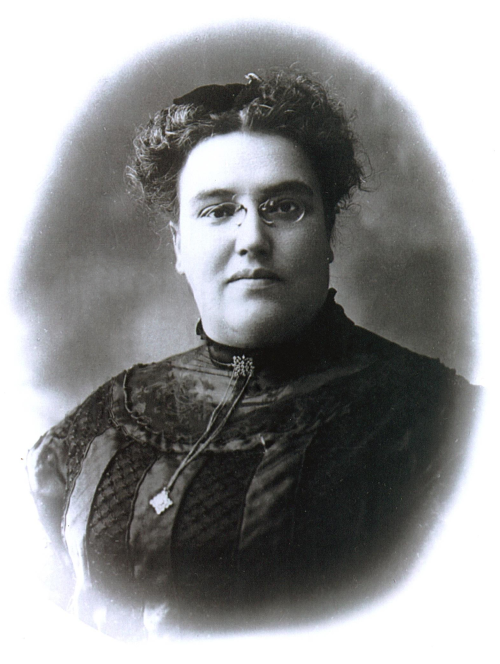#suffragists
Portrait photograph of feminist activist Ana de Castro Osório (1872–1935) — Unknown photographer, 1913 (Museum of the Presidency of the Republic)
Post link
“Agitate! agitate! Ought to be the motto of every reformer. Agitation is the opposite of stagnation—the one is life, the other, death.”
Ernestine Rose, nineteenth-century women’s rights activist, would certainly have marched this past weekend to protest Donald Trump’s inauguration, according to biographer and women’s historian Bonnie S. Anderson.
Post link
DECEMBER 30 - IDA B. WELLS
The oldest of eight children, Ida B. Wells was born in Holly Springs, Mississippi. Her parents, who were very active in the Republican Party during Reconstruction, died in a yellow fever epidemic in the late 1870s. Wells attended Rust College and then became a teacher in Memphis, Tennessee.
Shortly after she arrived, Wells was involved in an altercation with a white conductor while riding the railroad. She had purchased a first-class ticket, and was seated in the ladies car when the conductor ordered her to sit in the Jim Crow (i.e. black) section, which did not offer first-class accommodations. She refused and when the conductor tried to remove her, she “fastened her teeth on the back of his hand.” Wells was ejected from the train, and she sued. She won her case in a lower court, but the decision was reversed in an appeals court.
While living in Memphis, Wells became a co-owner and editor of a local black newspaper called The Free Speech and Headlight. Writing her editorials under the pseudonym “Iola,” she condemned violence against blacks, disfranchisement, poor schools, and the failure of black people to fight for their rights. She was fired from her teaching job and became a full-time journalist.
In 1892, Tom Moss, a respected black store owner and friend of Barnett, was lynched, along with two of his friends, after defending his store against an attack by whites. Wells, outraged, attacked the evils of lynching in her newspaper; she also encouraged the black residents of Memphis to leave town. When Wells was out of town, her newspaper was destroyed by a mob and she was warned not to return to Memphis because her life was in danger. Wells took her anti-lynching campaign to England and was well received.
Wells wrote many pamphlets exposing white violence and lynching and defending black victims. In 1895 she married Ferdinand Barnett, a prominent Chicago attorney. The following year she helped organize the National Association of Colored Women. She was opposed to the policy of accommodation advocated by Booker T. Washington and had personal, if not ideological, difficulties with W.E.B. Du Bois. In 1909, she helped found the National Association for the Advancement of Colored People. Wells-Barnett continued her fight for black civil and political rights and an end to lynching until shortly before she died.
Text from today’s post was originally written by Richard Wormser for the PBS series The Rise and Fall of Jim Crow.
Post link
National League of Women Voters group, 10/22/23.
Fancy ladies and lads in the US probably already know this (hopefully) but today’s election day! Don’t forget to go out and vote if you haven’t already.
Post link
Purple, white, & gold for the women who made it possible for me to say: “I voted” today. #election2016 #Ivoted #DaughterOfaVeteran #WifeOfaVeteran #suffragists #PurpleWhiteGold
Post link





